Home | Carbon offsets | Blue Carbon Mangrove Restoration
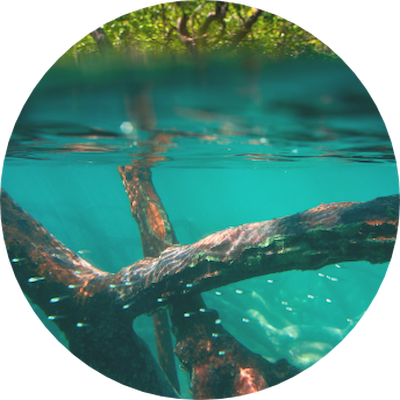
Blue Carbon Mangrove Restoration, Pakistan

142 million tonnes of CO2e to be removed
Over the project’s 60-year duration, this project, is expected to remove approximately 142 million tonnes of CO2e from the atmosphere.
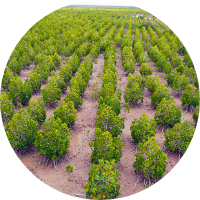
350,000 hectares of mangroves restored
Spanning the Indus River Delta Region of Sindh, southeastern Pakistan, ensuring biodiversity thrives and remains sustainable for the future.
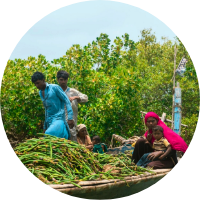
4 UN Sustainable Development Goals
This project supports following UN Sustainable Development Goals: Decent Work and Economic Growth, Life Below Water, Life on Land and Climate Action.
Blue Carbon Mangrove Restoration - is the world’s first verified blue carbon project, aiming at restoring coastal ecosystems within the Indus River Delta Region of Sindh, southeastern Pakistan, ensuring biodiversity thrives and remains sustainable for the future.
The project's extensive activities are geared towards impactful climate action over its 60-year duration, planning the restoration of 350,000 hectares of mangroves. This ambitious endeavour is expected to remove approximately 142 million tonnes of CO2e from the atmosphere, marking a significant contribution to global climate mitigation efforts.
Blue Carbon Mangrove Restoration brings substantial socio-economic benefits to the local communities, creating employment opportunities, enhancing livelihoods, and improving access to essentials like clean drinking water, healthcare, and education. These interventions are set to transform the lives of over 70% of the local population previously living in poverty, promoting a cycle of natural, social, and economic regeneration.
Located within a Key Biodiversity Area, this project also serves as a sanctuary for 11 globally threatened species, ensuring the protection and revival of critical habitats. The project's biodiversity conservation efforts are extensive, focusing on wetland restoration, habitat improvement, and sustainable resource management, alongside raising environmental awareness and advocacy.
UN Sustainable Development Goals met by this project:
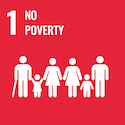
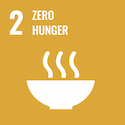
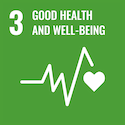
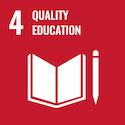
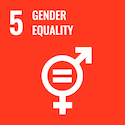
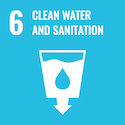
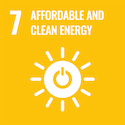
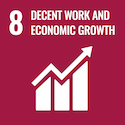
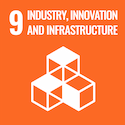
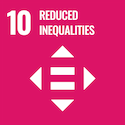
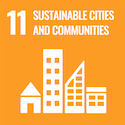
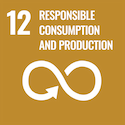
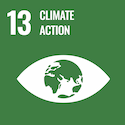
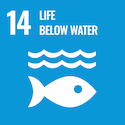
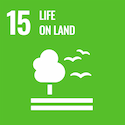
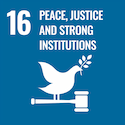
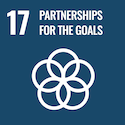
Explore our projects
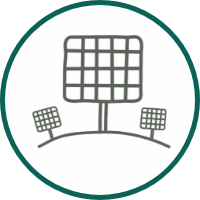
Elazig Solar Farm,
Turkey
Elazig Solar Farm pioneers high-efficiency solar power in Turkey, reducing reliance on fossil fuels and stabilising energy costs.
Project status: Active
Learn more about the Elazig Solar Farm project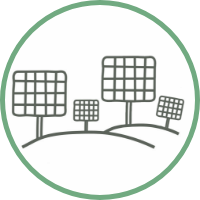
Household Solar Lighting, Zambia
This project provides solar lighting to Zambian families, reducing carbon emissions and enabling safer study, cooking, and socialising at home.
Project status: Active
Learn more about the Household Solar Lighting project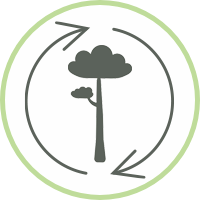
Improved Biodiversity & Mixed Reforestation
This reforestation project restores 2,115 ha of former pastureland, planting over one million trees to boost biodiversity and carbon capture.
Project status: Active
Learn more about the Improved Biodiversity & Mixed Reforestation project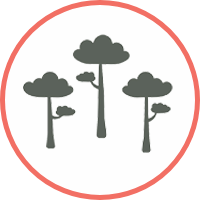
Reforestation on Degraded Land, Uruguay
This project restores 21,298 hectares of degraded grazing land in Uruguay, creating sustainable forests to boost biodiversity and carbon capture.
Project status: Active
Learn more about the Reforestation on Degraded Land project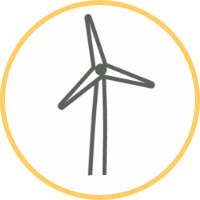
Salkhit Wind Farm, Mongolia
Salkhit Wind Farm is Mongolia’s first grid-connected wind project, supplying renewable energy and advancing expertise for future developments.
Project status: Active
Learn more about the Salkhit Wind Farm project
Wind power in Karnataka, India
This project in Karnataka generates renewable wind power, reducing fossil fuel reliance and supporting India’s Southern Electricity Grid.
Project status: Active
Learn more about the Wind power in Karnataka project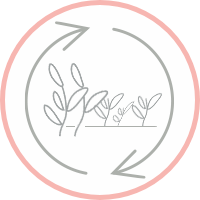
Peatland protection - Rimba Raya
The Rimba Raya Biodiversity Reserve protects carbon-rich peatland from palm oil deforestation, preventing 100 million tonnes of emissions.
Project status: Inactive
Learn more about the Peatland protection in Rimba Raya project
Peatland protection, Keo Seima, Cambodia
The Keo Seima Wildlife Sanctuary in Cambodia protects endangered wildlife and supports local Bunong communities through conservation and sustainable development.
Project status: Inactive
Learn more about the Peatland protection in Keo Seima project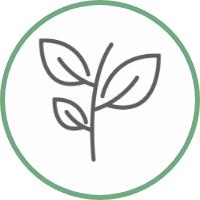
Tropical Forest Protection, Mai Ndombe
The Mai Ndombe project in the DRC reduces forest and biodiversity loss whilst providing community prosperity through vital investments into the local area.
Project status: Inactive
Learn more about the Tropical Forest Protection project